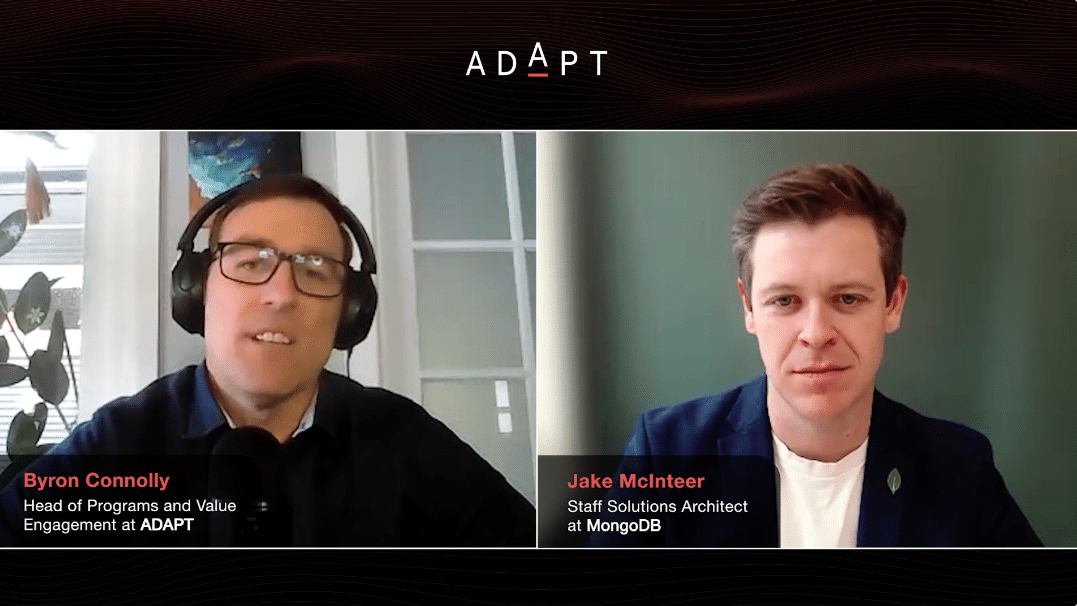If Legacy Infrastructure Still Works, What’s the Business Case for Modernisation?
Oct 3, 2025 | 4 minsSeasoned technology executives may be familiar with the saying: old mainframes never die, their operators do.
There’s truth in it. Mainframes and other legacy platforms deployed decades ago still carry significant processing loads across many Australian enterprises. In fact, 40% of the more than 100 CIOs surveyed by ADAPT said their organisations rely on legacy platforms for mission-critical apps; some dating back to the 1990s.
“Legacy systems built in the 80s, 90s and early 2000s remain reliable and continue to deliver significant value to organisations”, says Jake McInteer, Staff Solutions Architect at open-source database provider, MongoDB.
So, why the need to modernise? According to McInteer, outdated or end-of-life hardware and software are increasing compliance and security risks. Compounding the issue, the engineers who built these systems are retiring.
“No new engineer is coming into an organisation today and [saying], “I’d really love to go and learn COBOL…it’s lucrative, but for…


